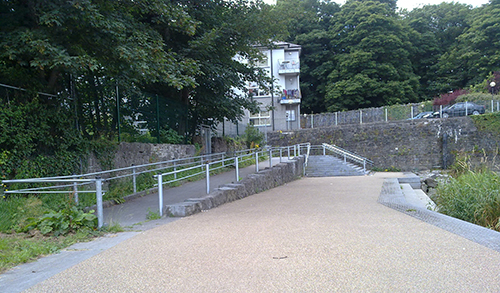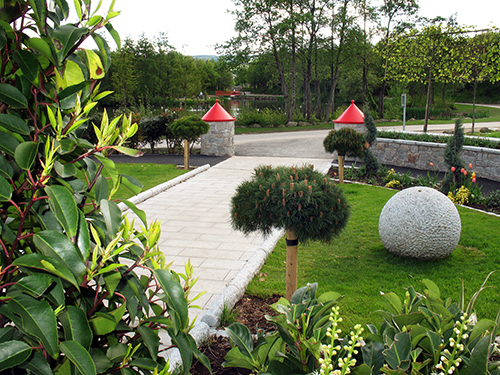Universal Design is the design and composition of an environment so that it can be accessed, understood and used to the greatest extent possible by all people regardless of their age, size, ability or disability.
Universal Design assumes that every person experiences barriers, reduced functioning, or some form of disability – temporary or permanent – at some stage in life.
The 7 Principles of Universal Design (listed below), were developed in 1997 by a working group of architects, product designers, engineers and environmental design researchers, led by the late Ronald Mace (Design Pioneer, internationally recognized Architect) in North Carolina State University:

Principle 1: Equitable Use:
The design is useful and marketable to people with diverse abilities.
Principle 2: Flexibility in Use
The design accommodates a wide range of individual preferences and abilities.
Principle 3: Simple and Intuitive Use
Use of the design is easy to understand, regardless of the user's experience, knowledge, language skills, or current concentration level.
Principle 4: Perceptible Information
The design communicates necessary information effectively to the user, regardless of ambient conditions or the user's sensory abilities.
Principle 5: Tolerance for Error
The design minimizes hazards and the adverse consequences of accidental or unintended actions.
Principle 6: Low Physical Effort
The design can be used efficiently and comfortably and with a minimum of fatigue.
Principle 7: Size and Space for Approach and Use
Appropriate size and space is provided for approach, reach, manipulation, and use regardless of user's body size, posture, or mobility.
For more information visit:
Centre for Universal Design


